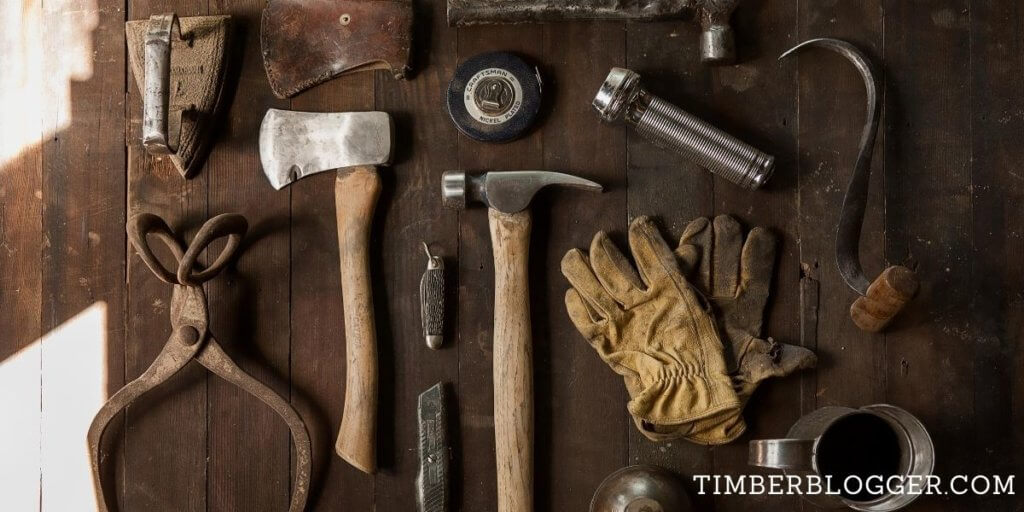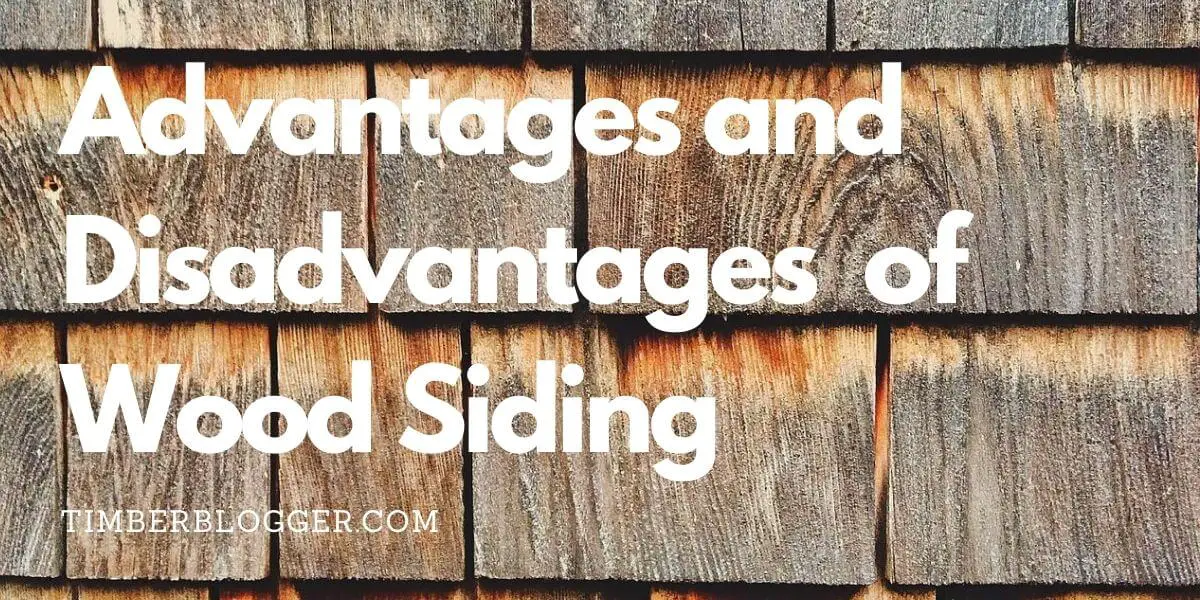Nowadays, we have many Engineered Wood Siding options. Many of them are cheaper and more durable than wood but do not have the properties of natural wood.
People have used home siding for centuries to protect walls from outdoor elements. There are many species of wood.
Wood siding has its own characteristics and cons that you should know if you are planning for wood siding. In this blog post, I share some advantages and disadvantages of wood siding.
Advantages of wood siding
1. Easy to Paint and Stain
Wood siding is easier to paint and stain than other siding materials. It holds paint and stains very well. Many people do not want to paint because they prefer the wood’s natural grain.
A quality stain protects wood siding from exterior elements, insects, and UV rays.
2. Environmentally-Friendly

Wood is a more eco-friendly option than other materials. It is not harmful to nature at all. Many different materials are available in the market for house siding, such as vinyl siding, but they can never be eco-friendly.
3. Easy To Repair
Wood siding is easy to repair. We use wooden blocks. If there is a dent in any part of the wall or ceiling, it can be easily fixed with putty. In case of excessive rot, one siding board can also be replaced.
4. Wide Options
We get many colors, textures, and price options in wooden sliding. We can choose the quality of wood according to our weather conditions.
Here are a few excellent woods for siding.
1. Pine: Pine wood is one of the most popular woods for siding. It is readily available and inexpensive softwood. Pine wood has good strength, density, and bending strength.
2. Fir: Fir wood is similar to pine. It is straightforward to work with hand and machine tools. It is lightweight but solid and durable. A pressure-treated fir is an excellent alternative to ordinary fir.
3. Cedar: Cedar wood is known for its grain and rot resistance. It’s widely used for indoor and outdoor siding. Cedar is mainly used in shakes and shingles because it is dimensionally stable.
4. Redwood: Redwood is quite famous for its grain and look and is the perfect wood for siding. Redwood is suitable for moisture conditions and is naturally resistant to termites and rots. Redwoods required less care than other wood.
5. Spruce: Spruce wood comes from the softwood family of pine. It is very famous for siding because of its long-lasting and stability.
Like pine, this wood is also not a pesticide, so it is a little challenging to maintain, but we can protect it using paint or polish.
5. Durability
Wood siding is more stable than many other materials. Several wood species can keep your siding strong for decades.
If you take care of your home’s siding once every 5 years, it can double its lifespan. Although durability depends on the wood species and the season, wood siding is believed to last approximately 30-40 years or even longer.
Disadvantages of wood siding
1. Worms and Insects
Insects are the biggest threat to wood, which gradually degrades the entire board. Many types of wood are insects resistant, but the price of such lumber is very high.
Damp wood is more prone to termites that slowly rot throughout the siding. That’s why you should spray paint or insecticide from time to time.
2. Maintenance

As we have already said, insects and worms harm the wood. That’s why we need regular care of wooden siding. While other siding materials do not require as much maintenance as wood.
This maintenance should be done every third to fifth year. If rot is found, the block should be removed immediately, and insecticide should be sprayed in that area.
3. Cost
Of course, wood siding is more expensive than many other siding materials. Many types of wood are so costly that you can build multiple house sidings on the same budget.
But we must understand that wood gives us a rich look and texture no other siding material will ever be able to offer.
If we talk about vinyl siding is available at a much lower price than wood siding and has more extended durability than wood.
4. Wood Does Not Have Fire Resistance
Fire can also be a big problem when you live in an area with frequent fire incidents due to falling lightning. Wood siding in such an area can be dangerous, and if you want to install wood siding, it should be kept away from fire.
By the way, there are many fire-resistant kinds of wood available that you can use, such as Ipe and Cumaru.
FAQs
How Long Does Wood Siding Last?
Wood siding can have a life span of approximately 15 to 40 years with regular maintenance. Well, the lifespan of wood siding depends on many factors, such as the wood species, quality, weather conditions, and care.
Is Wood Siding Better Than Vinyl?
Vinyl siding is better than wood siding for some reasons. Vinyl siding is popular because it is more durable, cheaper, and dents-resistant than wood. While wood siding is known for its natural grain and texture.
Is Wood Siding Bad?
Wood siding is a better option if you prefer the natural texture of wood. Although it is a costlier option, it also increases the value of your home.
Wood siding can be a poor choice if you can’t afford regular maintenance. Wood rots when exposed to moisture and outdoor elements, requiring regular care.
Can You Power Wash Wood Siding?
You can use a garden hose or pressure washer, but this is unsafe as it can damage or dent the siding boards. The high-pressure washer also discolors the stain on the siding. You can keep the pressure of the washer from 1,200 to 1,500 psi.
Conclusion
So dear friend, we saw the advantages and disadvantages of wood siding. By the way, each material has some advantages and disadvantages.
But when it comes to the natural wood texture and appearance, there is only one option other than wood. If you are planning for other siding material, think about wooden siding.
Read related articles.
Timber For Decking: Decking Guide


Comments are closed.